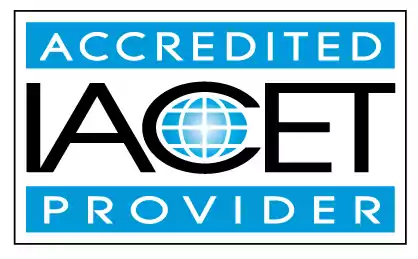Describe the use of safe sleep practices.
Learn about the importance of safe sleep practices for infants and young toddlers. Discover common myths and facts to ensure your child is sleeping safely. Perfect for early childhood education and child care centers.Trainings incorporating this outcome
CDA Subject Areas
Proficiency Level
Topic Areas
States
Alabama (3) Alaska (3) Alberta (3) Arizona (3) Arkansas (1) Australia (3) California (3) Colorado (3) Connecticut (3) Delaware (3) District of Columbia (3) Florida (3) Georgia (2) Hawaii (3) Idaho (3) Illinois (1) Indiana (3) Iowa (3) Jamaica (1) Kansas (3) Louisiana (3) Maine (3) Manitoba (1) Maryland (2) Massachusetts (3) Michigan (3) Minnesota (1) Mississippi (3) Missouri (1) Montana (3) Nebraska (3) Nevada (1) New Hampshire (3) New Jersey (1) New Mexico (3) New York (2) Newfoundland and Labrador (3) North Dakota (2) Nova Scotia (3) Ohio (3) Oklahoma (2) Oregon (3) Pennsylvania (1) Prince Edward Island (3) Puerto Rico (1) Quebec (3) Rhode Island (3) Saskatchewan (3) South Carolina (1) South Dakota (3) Tennessee (2) Texas (4) Thailand (1) United Kingdom (1) Utah (3) Vermont (3) Virgin Islands (3) Virginia (3) Washington (3) West Virginia (3) Wisconsin (2) Wyoming (3)
35 hours courses
24 hours courses
6 hours courses
1 hours courses
 0.1 CEUs
0.1 CEUs online
4.6/5
Related Outcomes
- Explain the use of safe sleep practices.
- Give examples of strategies caregivers can use to ensure safe sleeping habits and the prevention of SIDS/SUIDS in infants.
- Apply strategies caregivers can use to ensure safe sleeping habits and the prevention of SIDS in infants
- Describe common myths and facts about safe sleep for infants and young toddlers.
- Define Nevada laws and regulations for safe sleep practices.
- Identify safe practices with infants including SIDS, Abusive Head Trauma, and SBS.
- Identify appropriate practices for identify and demonstrate an children: Define Developmentally Appropriate Practice
- Identify safe practices in the prevention of and response to food and other allergies in the childcare environment.
- Describe the steps to use when collaborative coaching with teachers are not a match.
- Describe how sign language can be used as a means of communication with infants
- Describe positive discipline strategies to use in the classroom.
- Describe how to use the Strengthening Families Self-Assessment for program improvement.
- Describe strategies to incorporate mathematics into teaching practices.
- Describe the importance of providing opportunities for children to practice independence.
- Describe techniques used in successful coaching and mentoring.
- Describe infant/toddler nutritional needs
- Demonstrate understand developmentally appropriate practices for school-age children with developmental, emotional, cognitive, language and/or physical needs
- Describe Piaget’s sensorimotor and preoperational stages of cognitive development.
- Identify appropriate practice for the identification, prevention, and treatment of communicable diseases in childcare.
- Describe common myths and misconceptions about time management in child care.
Related Articles
- Online SIDS Training with Certificate: Texas
- Nevada initial training requirement for SIDS
- Child care education
- National Standards for Child Care
- The Importance of SIDS Training for Child Care Providers
- The Role of Safe Sleep Practices in Reducing SIDS Risk
- SIDS Science: What Every Parent Needs to Know About Safe Sleep
- Don’t Snooze on SIDS: Safe Sleep Tips for Infants That Every Caregiver Should Know
- SIDS Certification: Why Every Childcare Provider Needs It
- Protecting Infants and Preventing Sleep-Related Incidents
- Why Safe Sleep Training Matters: Preventing SIDS and Promoting Infant Well-Being
- Safe Sleep Training for Infants: Prevent SIDS
- SIDS Awareness: Safe Sleep Training for New Parents
- SIDS Certification 101: Infant Caregivers Need this to Save Lives
- Safe Sleep Practices for Infants and Toddlers: Protecting Little Lives
- Creating a SIDS-Safe Environment: A Practical Checklist for Your Facility
- SIDS Safety Checklist for Your Facility
- Can Online ECE Certificates Genuinely Boost Your Employability
- Safe Sleep Practices for Infants in Child Care
- State-Approved Trainings in New York: A Clear Guide for Child Care Professionals